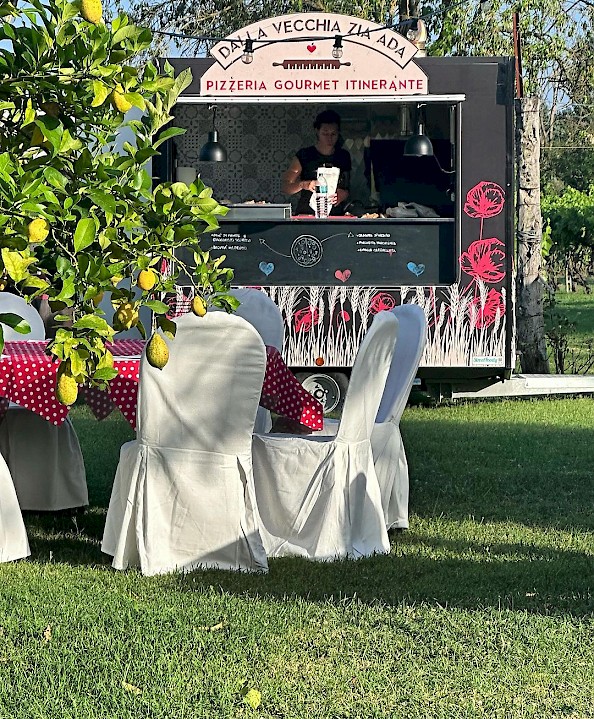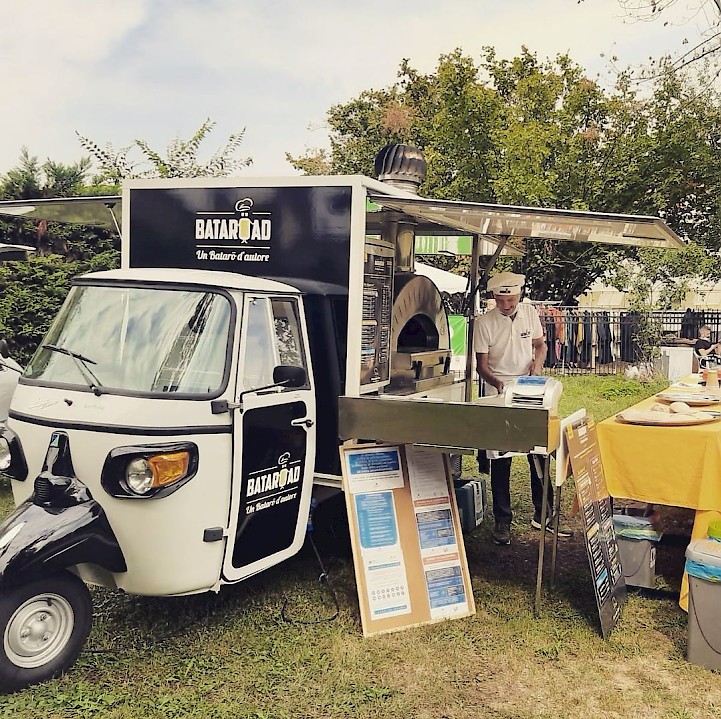January 17th is World Pizza Day, the day on which the whole world unites to celebrate one of the most beloved symbols of Italian culture and cuisine. Proclaimed an intangible heritage of humanity by UNESCO, pizza has always been a key element of our tradition, and its success on the market has never stopped growing.
According to Coldiretti, the turnover generated by pizza amounts to over 15 billion euros per year. In Italy, 2.7 billion pizzas are produced annually, corresponding to 200 million kilos of flour, 225 million kilos of mozzarella, 30 million kilos of olive oil and 260 million kilos of tomato sauce. Americans are the main consumers, with an average of 13 kilos per person, while Italians rank first in Europe with an annual consumption of 7.8 kilos per capita.
Today the art of pizza has been able to evolve and reinvent itself, exploring the boundaries of creativity, gourmet refinement and contemporary forms, without ever losing sight of its roots. They date back to the times when Neapolitan pizza chefs, often on foot or by bicycle, sold their pizzas on the streets of the city. We can therefore say that the link between pizza and street food is intrinsic and profound: thanks to its simplicity of preparation and consumption, as well as its distinctive impact, pizza represents the street food par excellence, capable of establishing itself in any type of market.

Catering has also undergone notable changes in recent decades. This dynamic industry has demonstrated its ability to constantly progress, adapting to the changing needs of consumers. Naturally, to guarantee quality in the proposal, efficiency in the service and constant innovation, it is essential to have the right tools.

Our food trucks, excellent in terms of performance and design, have represented a winning opportunity for many businesses wishing to stand out and take their business to a higher level. These vehicles have quickly become a means to innovate their corporate strategies, giving a fresh image to the brand and opening the doors to an infinite number of new possibilities, meeting new generations of consumers increasingly oriented towards collecting experiences even in the food context.
 English
English Italian
Italian German
German French
French
